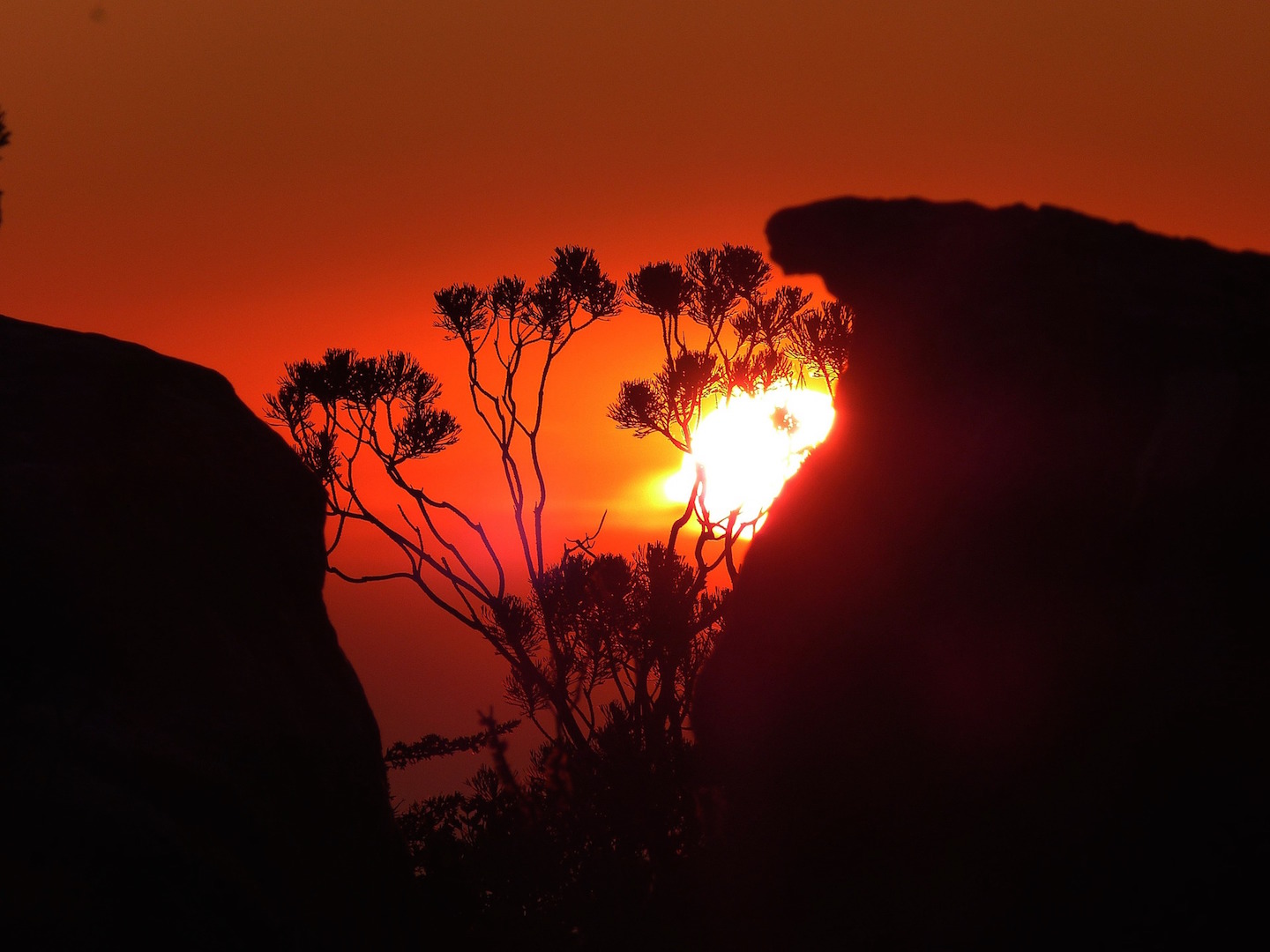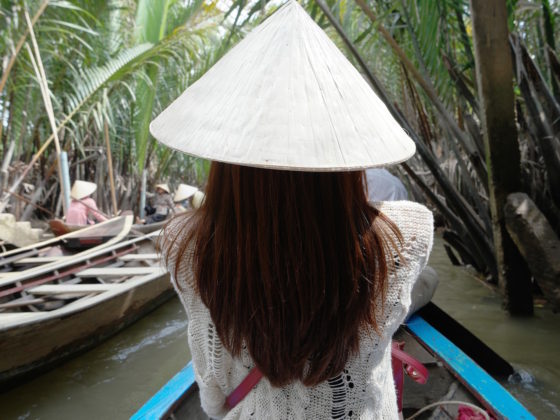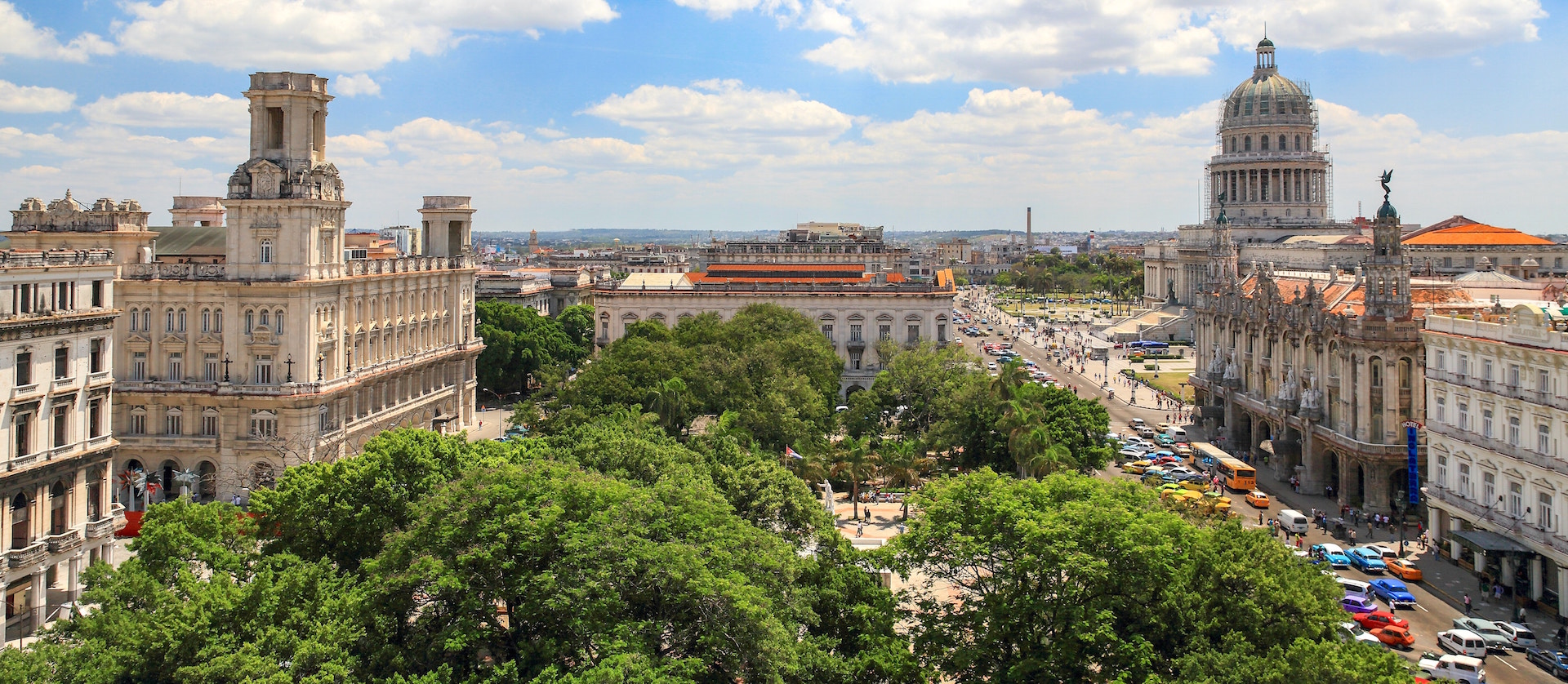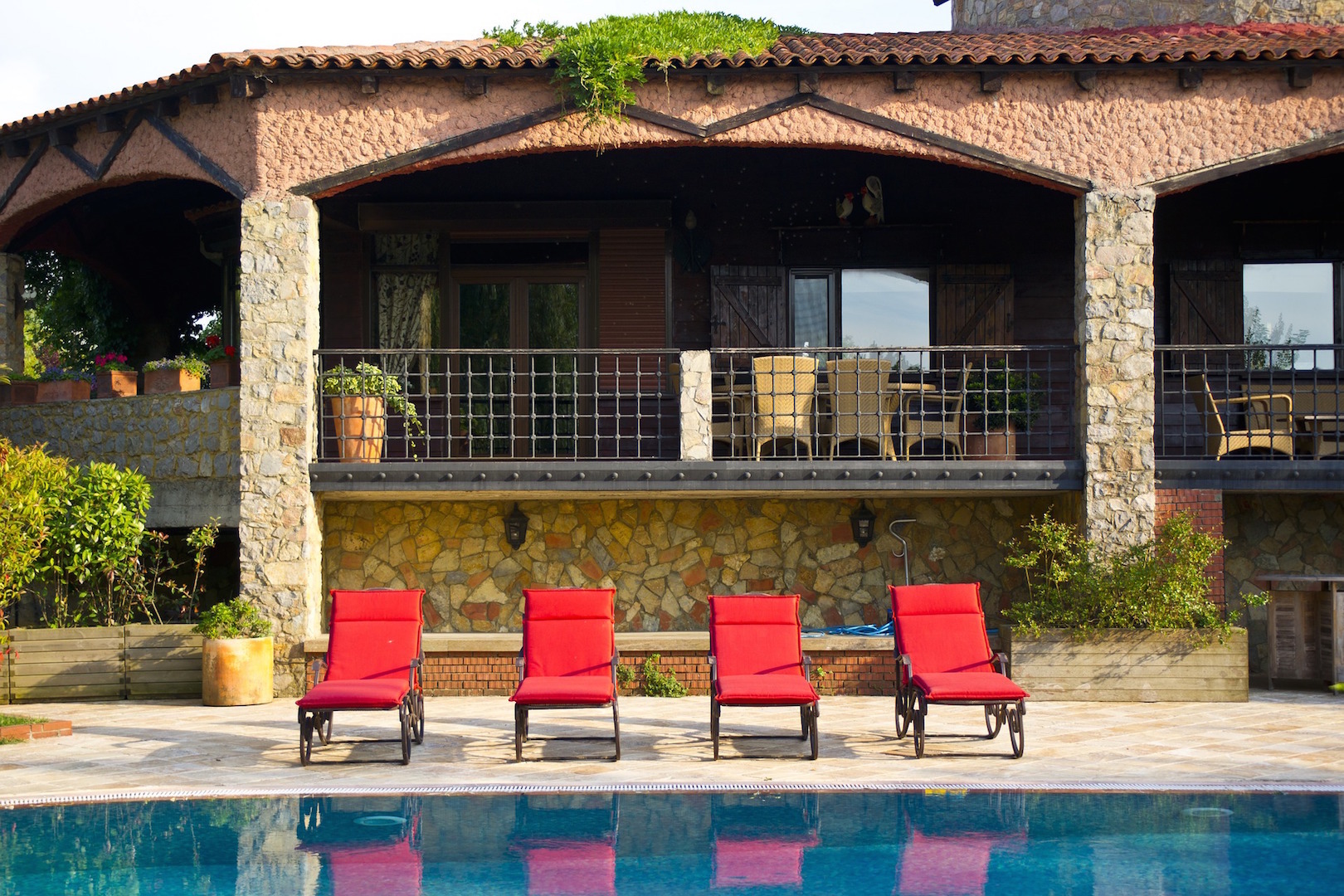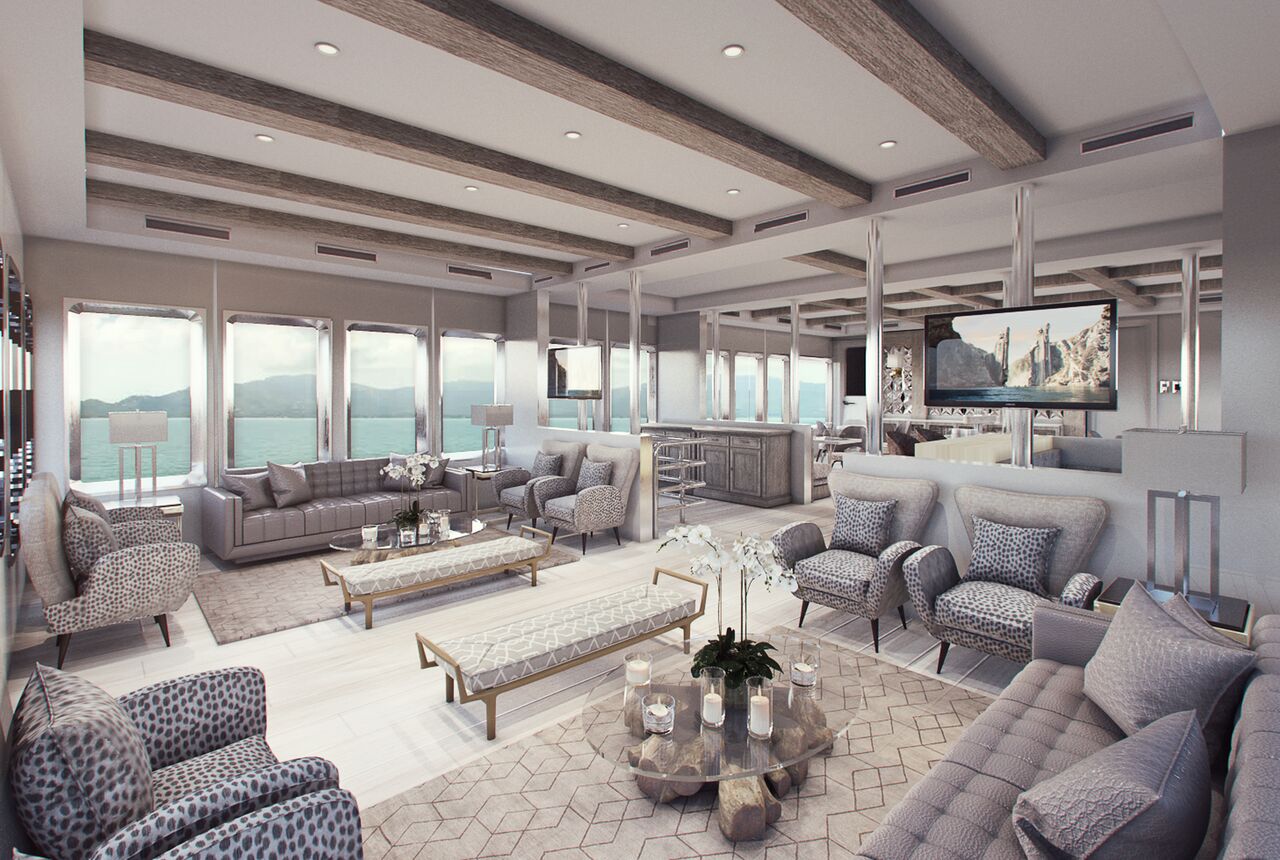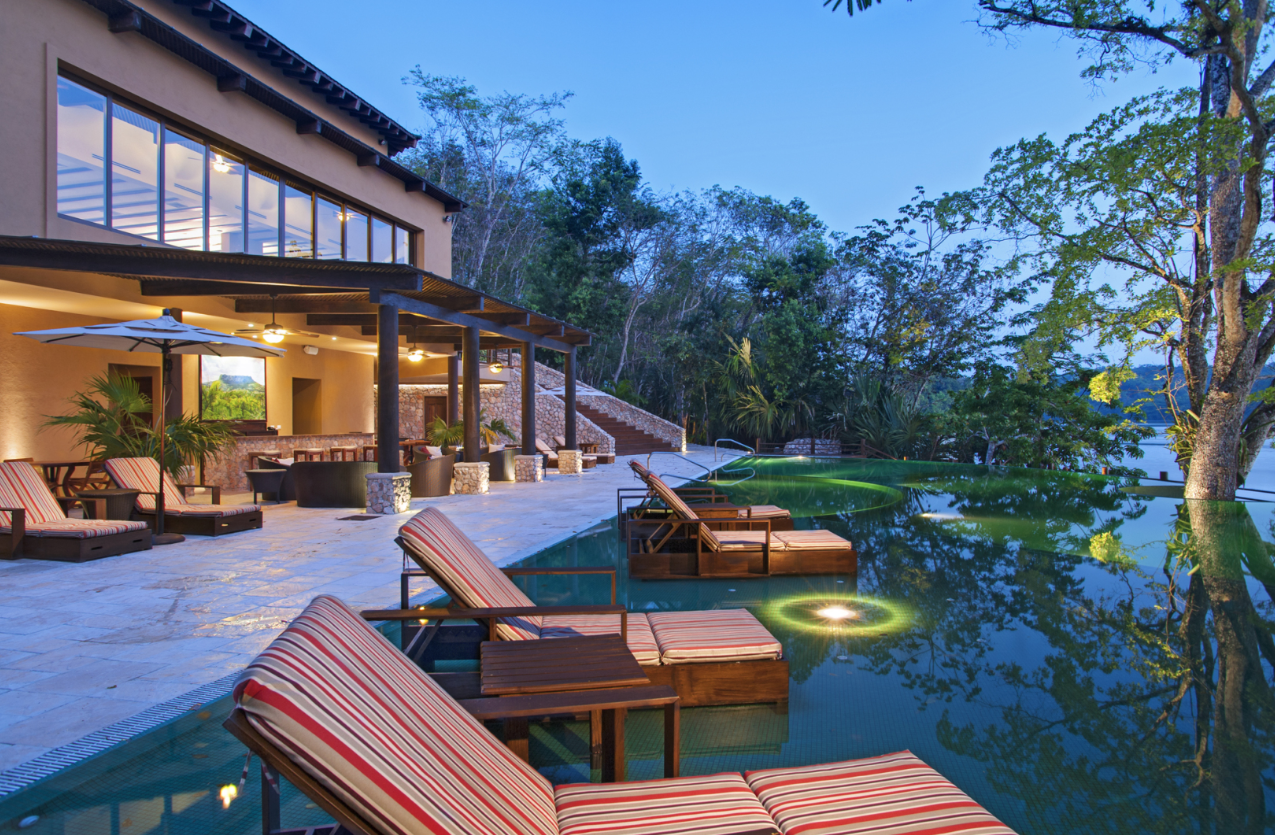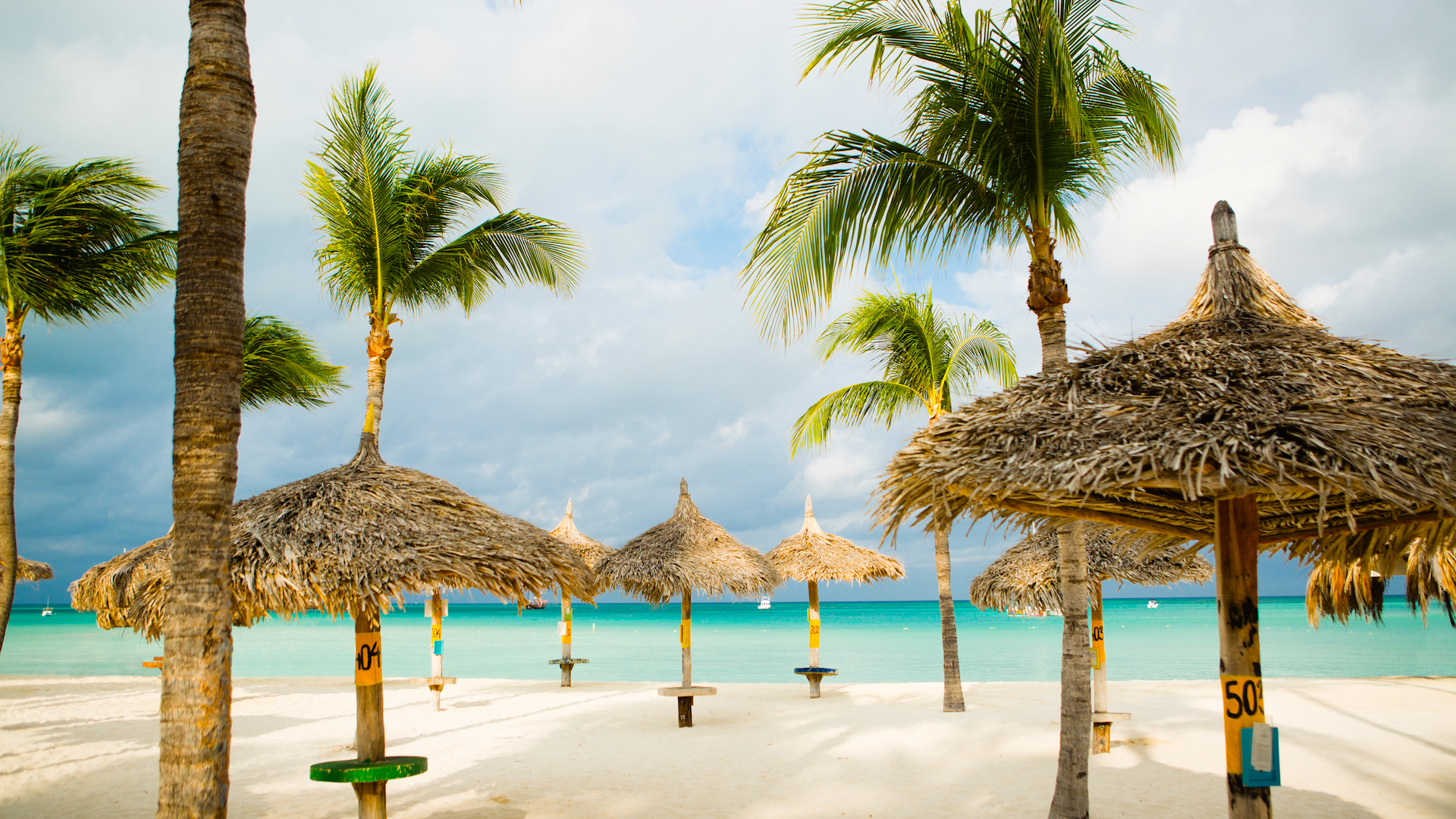 Latitudes is a NEW monthly column where Travel Writer Debbie Stone takes readers to destinations and excursions around the world.
Latitudes is a NEW monthly column where Travel Writer Debbie Stone takes readers to destinations and excursions around the world.
It’s easy to fall in love with Cape Town – South Africa’s crowning jewel. First, it woos you with its stunning sea-to-sky scenery, and then it pulls you in with its fascinating, intricate history. Finally, the captivating city seals the deal with a rich, colorful and cultural tapestry. I was smitten from the start.
Magnificent Mountain
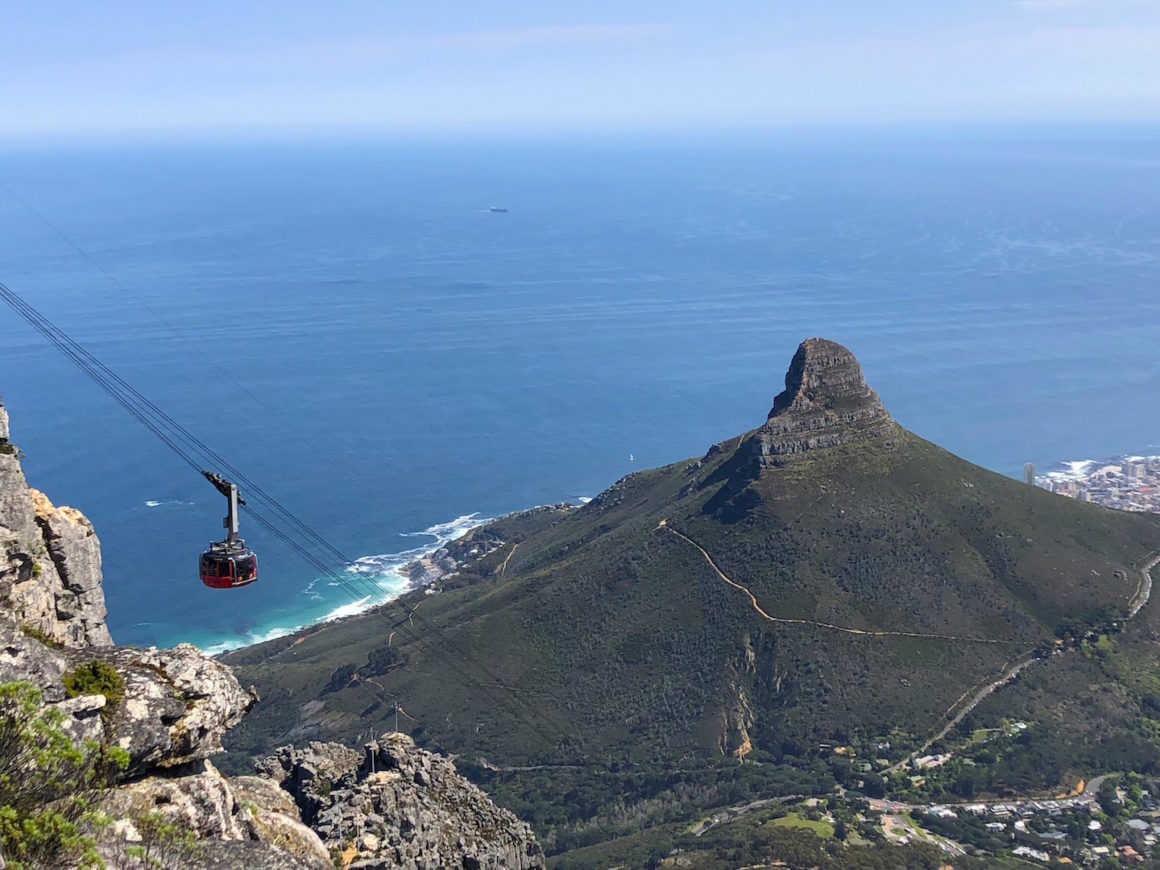
Photo Credit: Debbie Stone
The minute I laid eyes on Table Mountain, I instantly knew this would not be a platonic relationship. Synonymous with the “Mother City” moniker (Cape Town’s affectionate nickname), this landmark is the single most welcoming locale for both South Africans and tourists. Considered one of the New 7 Wonders of Nature, the mountain is one of the oldest on earth – six times older than the Himalayas and five times older than the Rockies.
Table Mountain’s signature feature is its leveled plateau, edged by impressive cliffs. Flanked by Devil’s Peak to the east and by Lion’s Head to the west, the plateau creates a natural amphitheater, offering a spectacular backdrop to Cape Town.
The mountain has been the subject of many fables, particularly with regard to its famous “tablecloth.” This meteorological phenomenon, which causes clouds to drift down the mountain slopes like billowing fabric, renders the top invisible. One popular legend tells of a Dutch pirate, Jan van Hunks, who supposedly challenged the devil to a smoking contest that persists to this day.
To experience the mountain’s 360-degree views, you can hike to the summit along one of its trails or if you don’t want to break a sweat, opt to ride the rotating Table Mountain Aerial Cableway. Once at the top, a series of pathways lead in different directions, offering majestic glimpses of the Atlantic seaboard and Camps Bay, the Cape Flats and Hottentots Holland Mountains. You’ll also get to inch closer to the area’s rich biodiversity – which boasts several thousand species of plants, some of which are endemic to the mountain.
Gorgeous Garden
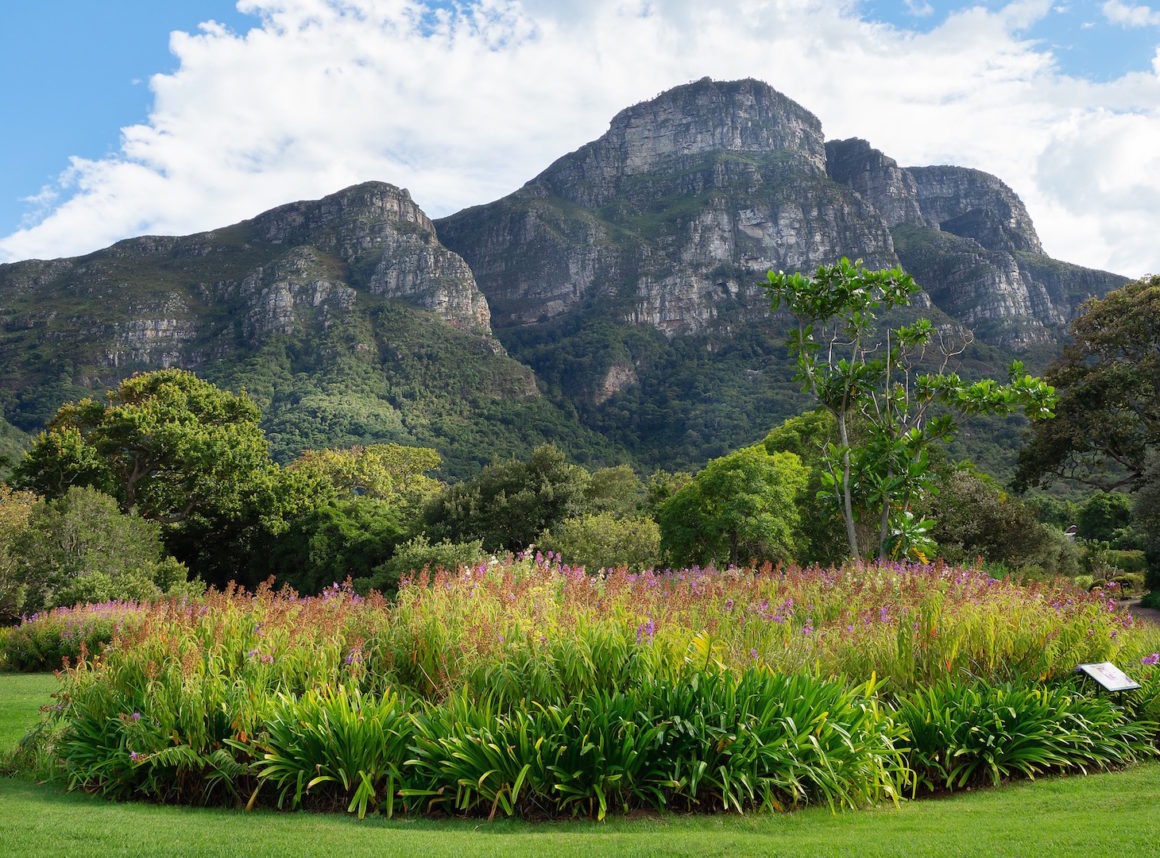 Another must-see spot while in Cape Town is the Kirstenbosch Botanical Garden on the eastern foot of the mountain. The Kirstenbosch is the first botanical garden to be included as a natural World Heritage site. Spanning 89 acres, the place is a veritable feast for the senses and a favorite of locals and visitors alike. Its theme gardens feature a diverse array of greenery including water-wise plants, plants with scented flowers, aromatic leaves, succulents and bulbs, annuals, proteas, fynbos and other ancient species that have been around since before dinosaurs roamed the earth. As you stroll the grounds, keep an eye out for the exquisite African stone sculptures scattered throughout the kaleidoscope-colored landscape.
Another must-see spot while in Cape Town is the Kirstenbosch Botanical Garden on the eastern foot of the mountain. The Kirstenbosch is the first botanical garden to be included as a natural World Heritage site. Spanning 89 acres, the place is a veritable feast for the senses and a favorite of locals and visitors alike. Its theme gardens feature a diverse array of greenery including water-wise plants, plants with scented flowers, aromatic leaves, succulents and bulbs, annuals, proteas, fynbos and other ancient species that have been around since before dinosaurs roamed the earth. As you stroll the grounds, keep an eye out for the exquisite African stone sculptures scattered throughout the kaleidoscope-colored landscape.
Seafront Tourist Mecca
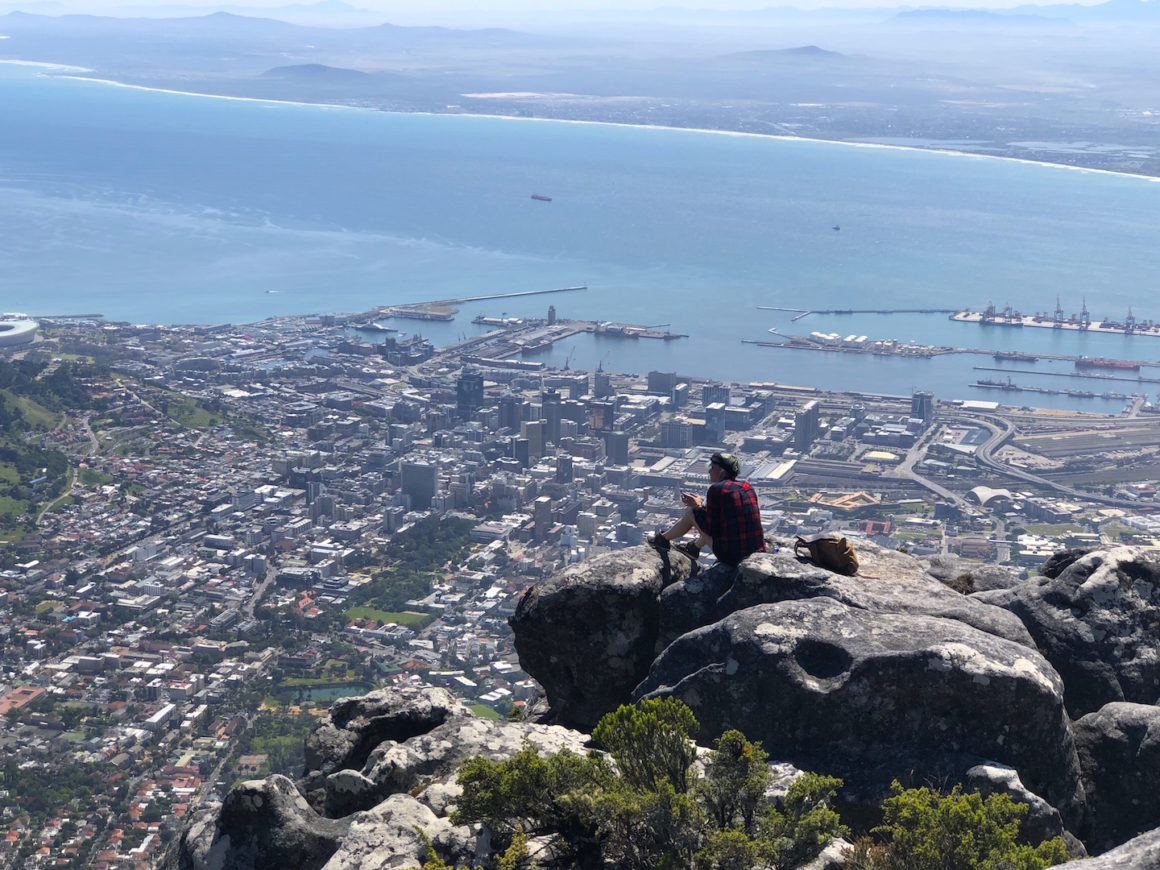
Photo Credit: Debbie Stone
When you’re ready to trade serenity for some hustle and bustle, head to the Victoria & Alfred Waterfront. This lively spot offers breathtaking views of Table Mountain which buzzes with activity all day long. Situated in the oldest working harbor in the southern hemisphere – and built in the late 19th century by Queen Victoria’s second son Alfred. Today the waterfront is a hive of shops (check out the Watershed, a warehouse with space for more than 150 vendors specializing in high-quality African arts and crafts) and restaurants (the V&A Food Market sells gourmet street food from all over the world). It also has best attractions including the Two Oceans Aquarium, Nobel Square (named for the four bronze statues of South Africa’s Nobel Peace Prize laureates: Nelson Mandela, Albert Luthuli, Desmond Tutu and F.W. de Klerk), Zeitz Museum of Contemporary Art Africa and the Clock Tower Square.
Nelson Mandela Landmark
The V & A Waterfront is also the jumping-off point for whale-watching tours and excursions to Robben Island – the place where the late Nelson Mandela was imprisoned for nearly two decades. It’s regarded as the symbol of “the triumph of the human spirit over adversity, suffering and injustice,” and it’s an essential destination for visitors who want to immerse themselves in South Africa’s complicated history. The small island was once home to a leper colony, mental institution, whaling station and military base, but it’s best known for being the notorious penal colony for political prisoners. Nobel Laureate and former President of South Africa, the late Nelson Mandela, was imprisoned on Robben Island for 18 of the 27 years he spent in prison. Two other former inmates, Kgalema Motlanthe and Jacob Zuma, also went on to become presidents of South Africa. At one point, Robben Island held 1,000 prisoners. The last group of incarcerated men was released in 1991.
Today, Robben Island is a museum, as well as a UNESCO World Heritage site, that serves to remind us of the price of freedom for black South Africans. If you decide to visit, take a ferry from the Nelson Mandela Gateway at the waterfront. You’ll disembark at Murray’s Bay Harbour and board a bus to take you to historical sites on the island. You’ll pass by the limestone quarry where political prisoners were forced to endure back-breaking labor each day. You’ll also find a pile of stones which was put there spontaneously by former political prisoners at a reunion in 1995. The different colors represent the new South Africa.
You’ll also stop at Robert Sobukwe’s house. A forgotten hero of South Africa, Sobukwe was a black nationalist who founded the Pan Africanist Congress in opposition to the South African apartheid system. Sobukwe spent four years in isolation on Robben Island, eventually moving off the island and placed under house arrest.
Additional points on the tour include several army and navy bunkers, the lighthouse, leper graveyard and Maximum Security Prison. Upon reaching the latter, you’ll get off the bus and another guide will take you into the compound. The grim reality of the place sets in as you learn about the harsh treatment the men had to withstand and see the inhuman conditions in which they were housed. Each guide is a former political prisoner who speaks with conviction and authority as someone who once lived there and knows firsthand the oppression perpetuated on blacks in South Africa. The tour ends with a visit to Mandela’s cell.
District Six
More apartheid history is on view at the District Six Museum. Established in 1994, the museum commemorates and educates visitors about the people of District Six. This part of town was once home to one-tenth of the city’s population, but in 1966, when apartheid was in full swing, District Six was declared a “white” neighborhood, and more than 60,000 residents were forced to move to the shanty towns created in Cape Flats – a barren area on the outskirts of town. The museum is a memorial to these displaced citizens with exhibits that recount their stories and inform visitors about the social injustice they endured.
Bewitching Bo-Kaap
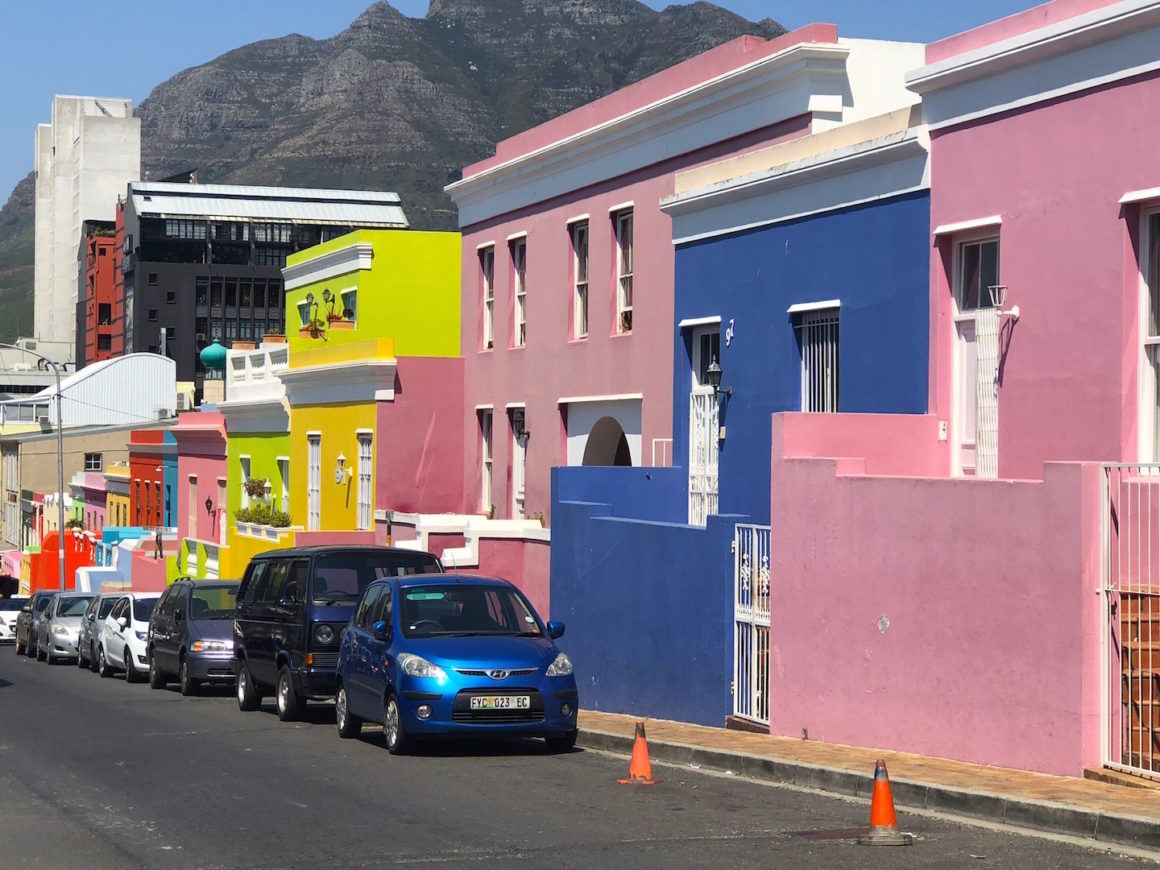
Photo Credit: Debbie Stone
You’ll see a different type of history in the neighborhood of Bo-Kaap. It’s the oldest residential area in the city and it’s known for its photogenic, candy-colored houses with steep cobblestone streets. It’s also the cultural home of the Cape Muslim community. Residents are mostly descendants of slaves who were forcibly brought to the Cape by the Dutch imperialists during the 16th and 17th centuries. They came from Indonesia, Malaysia and elsewhere in Asia and Africa, and are known as “Cape Malays.”
This vibrant area is dotted with numerous Muslim saints’ shrines and beautiful mosques, including the noted Auwal Mosque – the first established Muslim mosque in South Africa. Take time to visit the tiny Bo-Kaap Museum, which is an important landmark. Exhibits highlight the cultural contribution made by early Muslim settlers and recreate the life of a typical Malay family.
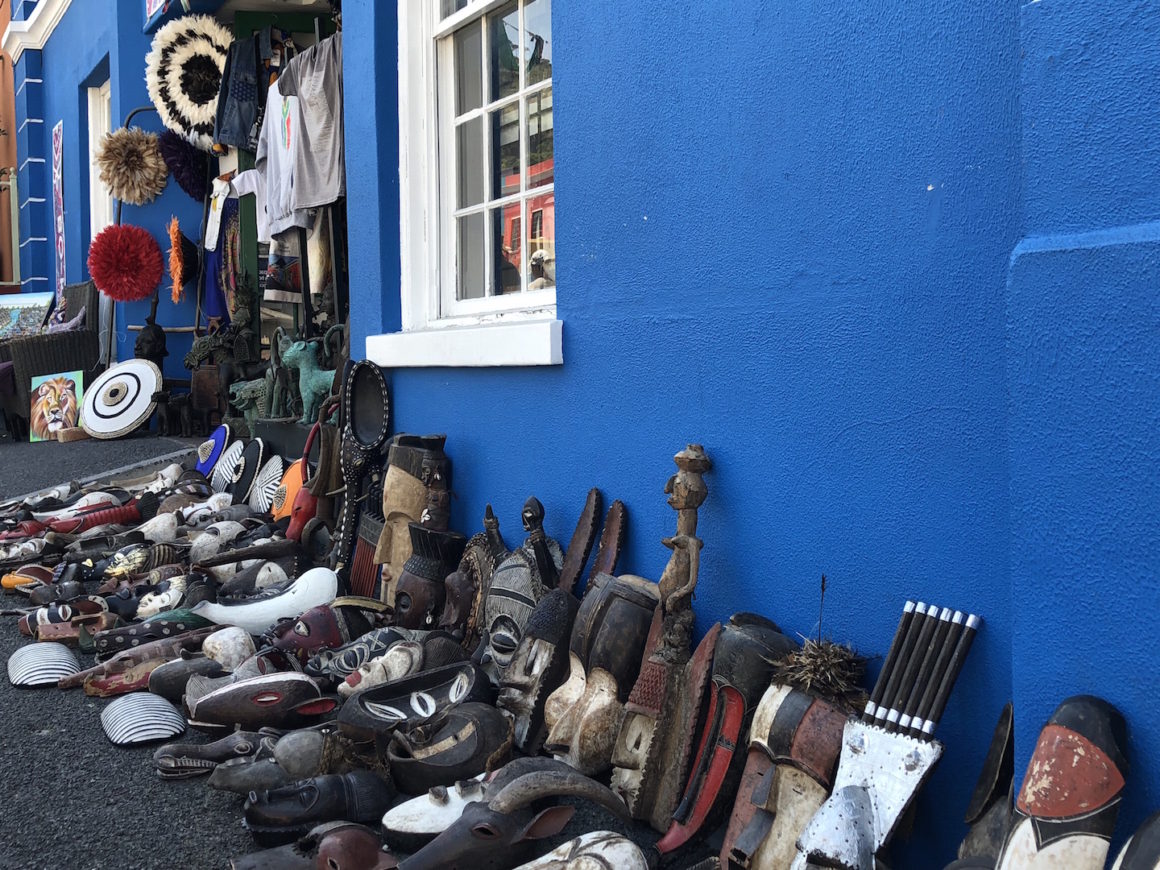
Photo Credit: Debbie Stone
Tantalizing aromas from shops and cafes fill the streets of Bo-Kaap. For one of the best butter chicken dishes or a flavorful North Indian curry, try Biesmiellah Restaurant. Join the throngs that congregate at Rose Corner Café for warm “worsies” (sausages) and traditional “koesisters” (a sticky, doughnut-like sweet). And shop for unique beaded creations at Monkeybiz, a nonprofit organization supporting disadvantaged South African women through self employment, skills development and medical care.
Premier Beaches
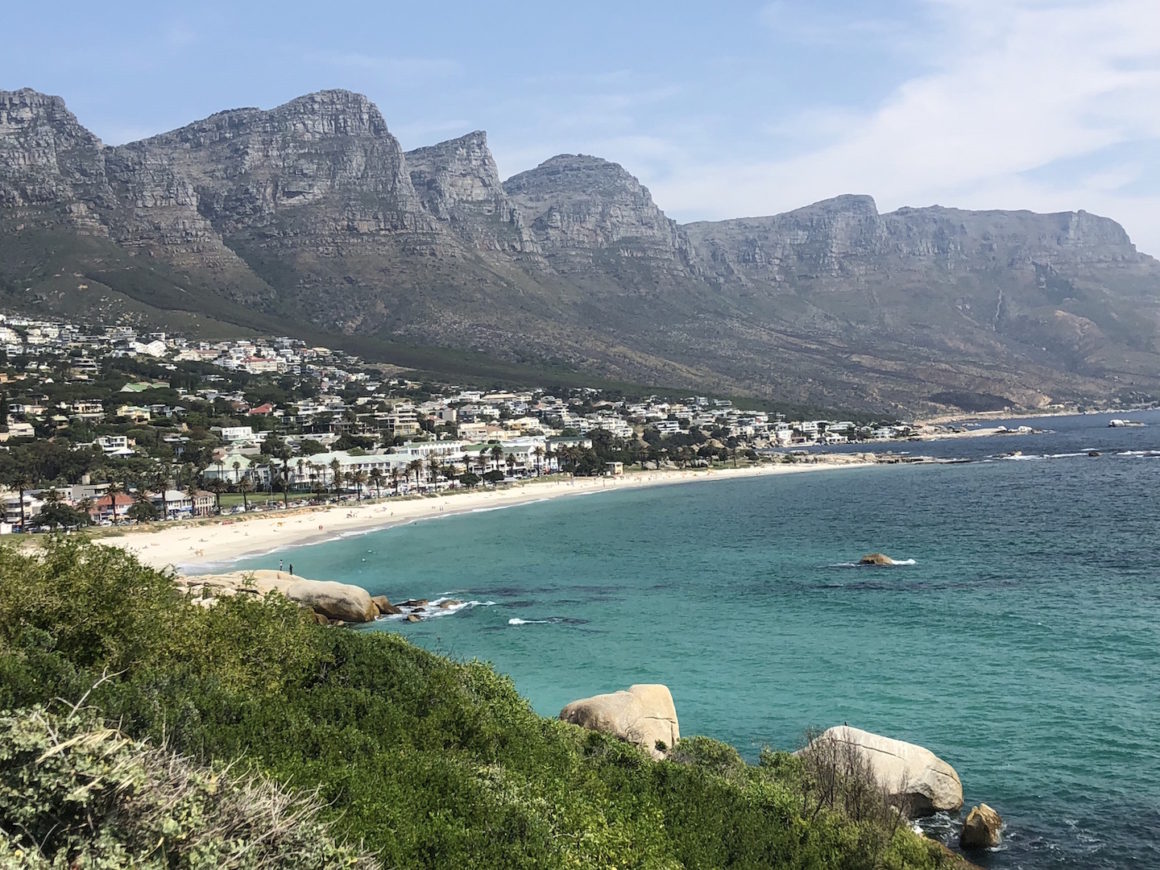
Photo Credit: Debbie Stone
When you’re ready for some fun in the sun, head to the beach. Cape Town’s beaches have been voted among the best in the world.
The famous four beaches at Clifton are known for being the most sheltered from the wind in summer. They’re located on “Millionaire’s Mile” in the most exclusive and expensive suburb in the city. The beaches are separated from one another by huge granite boulders and are beloved for their soft white sand and calm, turquoise-hued water.
A hop, skip and a jump away is Camps Bay, probably the top all-around beach, if you don’t count swimming. Only the hardy (or foolhardy!) attempt it here, as the water temps hover in the 50s most of the year. Work on your tan, play beach volleyball or toss a Frisbee around, while soaking in the incredible views of the Twelve Apostles, an impressive stretch of mountains. In reality, there are actually 17 or 18 buttresses, depending how you count them (not that anyone is counting, given the scenery!). Quench your thirst and dine on fresh seafood at one of the many trendy bars and restaurants which line the palm-fringed street. You might spot a celeb or two in the mix, as this is the spot to see and be seen.
Further south of Cape Town is renowned Boulders Beach. This dramatic stretch on False Bay earned its name from the massive boulders that lie scattered across the sand and separate the shoreline into private coves. Though this is a popular spot for swimming due to warmer, gentler waters, the real attraction is a colony of African penguins. These tuxedoed residents teeter all over the place, wandering freely in the protected natural environment. From just two breeding pairs in 1982, the population has grown to several thousand birds in recent years.
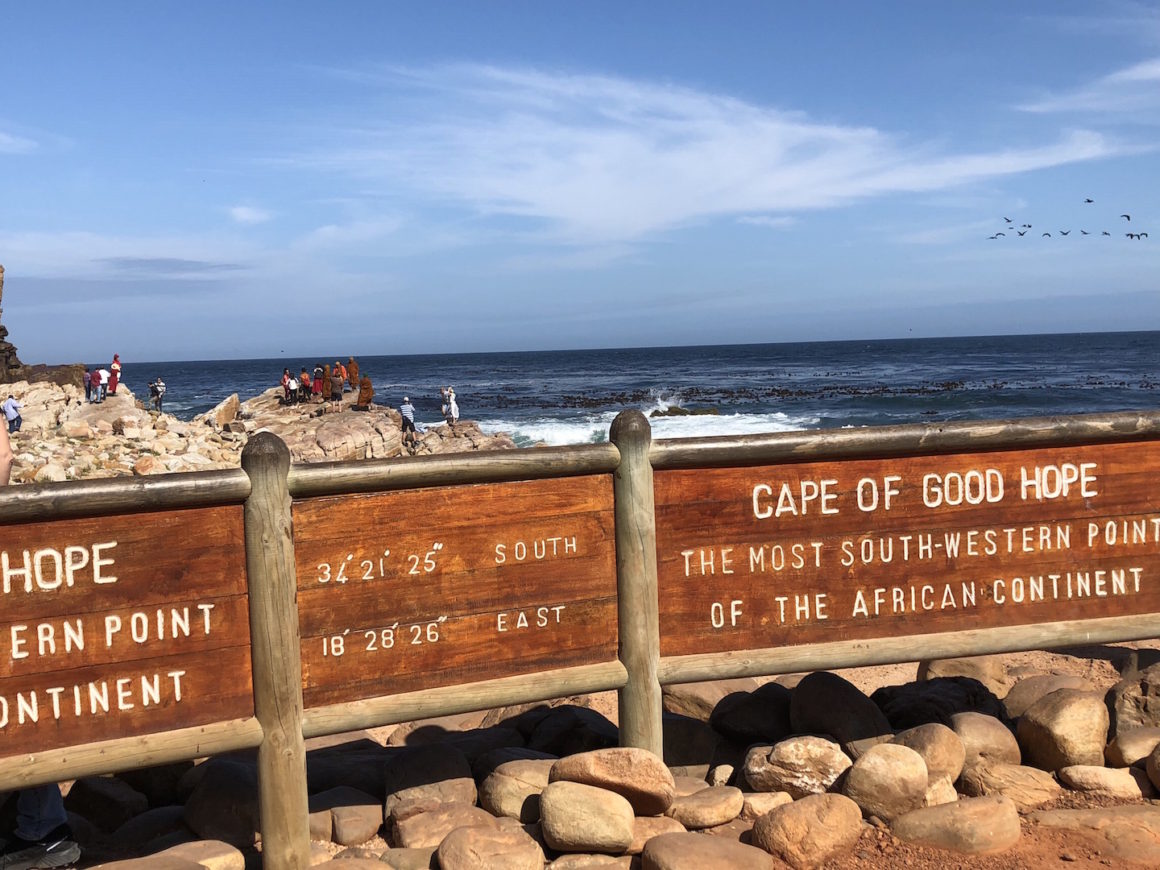
Photo Credit: Debbie Stone
Continue south, where the road eventually leads you to the Cape of Good Hope and to Cape Point, the terminus of the Cape Peninsula. The route’s breathtaking scenery is mesmerizing. Wander the trails that meander through this natural World Heritage site and make your way up to the Cape Point Lighthouse, reachable by foot or via a quick ride on the Flying Dutchman Funicular. Built in 1859, the Lighthouse is an important navigational landmark and the most powerful of its kind on the South African coast. For centuries, it has been a beacon of hope, guiding ships through the perilous waters known by mariners as the “Cape of Storms.” You might even spot a few of the more than two dozen shipwrecks in the area, and if you’re lucky, some whales.
Hideaways
Looking for accommodations in Cape Town is easy. As one of the top tourist destinations in the world, the city offers lodging for all budgets. From 5-star luxury rooms with a view to wallet-friendly backpacker hostels, this city has it all. There’s even a number of camping sites within the Cape’s metropolitan vicinity. More unusual options include an airstream trailer on a downtown hotel rooftop, a cottage situated on Table Mountain and a B&B in the township.
The Cuisine Scene
When your stomach starts rumbling, you’ll be happy to know that the city’s culinary scene is very eclectic and international. Your taste buds will be delighted by Dutch, American, Spanish, Indian and African flavors. Seafood and game reign supreme. Try springbok, kudu and ostrich meat – grilled or in biltong form. Braais, or barbecues, are also very popular and typically include some type of protein, traditional pap (maize-based porridge) or the ubiquitous chakalaka – a South African vegetable relish, usually spicy. Wash it down with a local beer, like a Devil’s Peak Lager or Striped Horse Pale Ale. And instead of coffee, try the rooibos tea, a national treasure. Grown in the Cederberg region, it’s packed with healthy antioxidants.
If you go:
http://www.capetown.travel/

